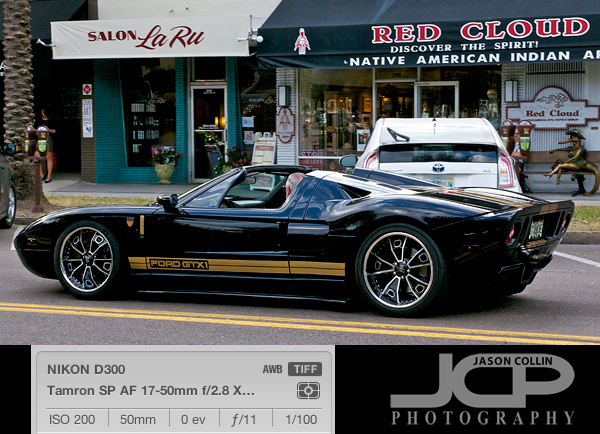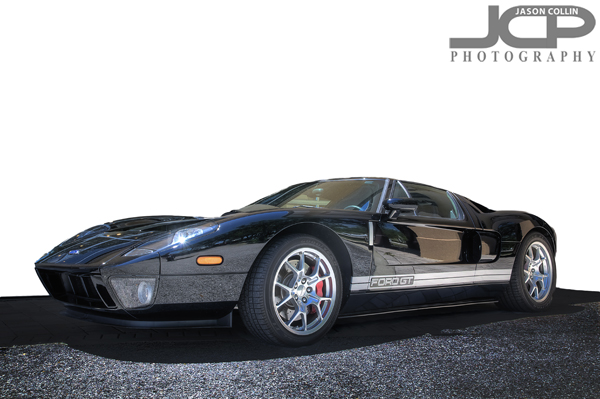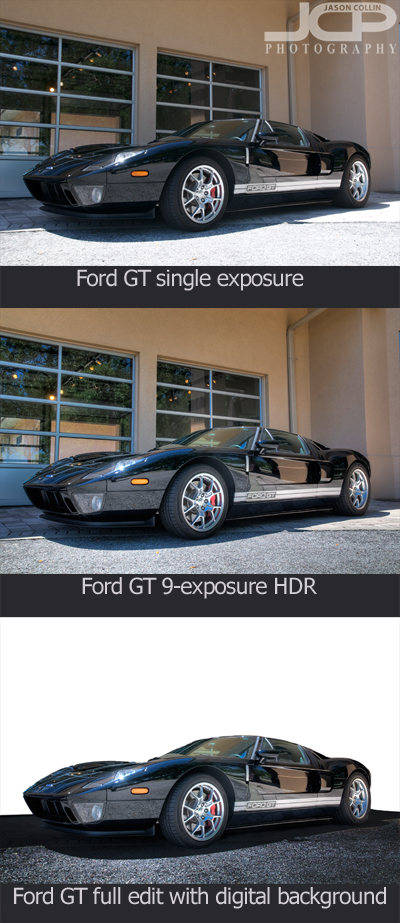At the 2018 New Mexico International Auto Show, there really was only one star, and there was not even a close second -- it was the 2017 Ford GT. Placed right inside the main entrance to the entire exhibit space in the Albuquerque Convention Center, there was the Ford GT in a beautiful silver-gray color. I had not seen it in person before of course, as it is a very rare car and the limited run is still being produced. In photos I had not cared for the frog-like appearance of the front fascia on this supercar. It looks much better in person, and the 3/4 view, as pictured above, revealing the extreme aero and duct work make for a truly stunning appearance. If you dare park a Ford GT on the street, it will attract massive amounts of attention!
Read MoreFord GT
When should I increase ISO for handheld photography shooting?

If you are shooting handheld, still subjects, with a wide angle lens like this Ford GT supercar stuck in traffic on Beach Drive NE in St. Petersburg, Florida, my advice for when to increase your ISO to get the best exposure is as follows . . .
Only increase your ISO once:
- The shutter speed is at 1/60th
- The aperture is at the largest or near largest for your lens (typically f/5.6)
In the photo above, you can see in the exif data I had not yet come close to the above parameters for increasing my ISO, so I had my ISO set at 200, which is the lowest for my camera. If those settings were producing an underexposed shot, I first would have gone to 1/60th of a second. If it was still too dark, then f/8, then f/5.6, then f/4. My wide angle lens is an f/2.8 lens, but I know it probably will not be its sharpest at its largest aperture of f/2.8 so once I got to f/4 and 1/60th and was still getting an underexposed image, then I would have started to increase my ISO gradually until I got the exposure I wanted.
This is just one scenario for when to start increasing the ISO on your camera, there are many others that will no doubt be the subjects of future photography tip blog posts. However, the process for thinking when to increase your ISO is always the same, it is just that the minimum thresholds for aperture and shutter speed will not always be the same.
Ford GT supercar in black Tampa Car Photography
 Making the most of an opportunity to photograph a rare Ford GT in Tampa, FloridaWhile on location in Tampa for RM Auctions to photograph a 1974 Jaguar E Type (photos cannot be published until July), at the end of that shoot I had an opportunity to take a few shots of a Ford GT also on site. This supercar could not be moved and was just parked along side a building with about a third of the car in shade, the other two-thirds in direct afternoon Florida sunlight. I knew to get any kind of detail and exposure worth having I would need to make it an HDR shot, and I went all the way to the max of 9 exposures that my Nikon D300 does automatically in bracketing mode. I was for the most part pleased with the results of the HDR process (which does nothing for the reflections in the paint, unfortunately), but still did not like the foreground nor the background. To get the foreground like the above I Quick Selected it in Photoshop CS5 and burned and underexposed it, also cloning out a few stray pieces of debris. I repeated that process for the background and just painted it completely white.
Making the most of an opportunity to photograph a rare Ford GT in Tampa, FloridaWhile on location in Tampa for RM Auctions to photograph a 1974 Jaguar E Type (photos cannot be published until July), at the end of that shoot I had an opportunity to take a few shots of a Ford GT also on site. This supercar could not be moved and was just parked along side a building with about a third of the car in shade, the other two-thirds in direct afternoon Florida sunlight. I knew to get any kind of detail and exposure worth having I would need to make it an HDR shot, and I went all the way to the max of 9 exposures that my Nikon D300 does automatically in bracketing mode. I was for the most part pleased with the results of the HDR process (which does nothing for the reflections in the paint, unfortunately), but still did not like the foreground nor the background. To get the foreground like the above I Quick Selected it in Photoshop CS5 and burned and underexposed it, also cloning out a few stray pieces of debris. I repeated that process for the background and just painted it completely white.

In the above sequence you can see the difference HDR makes and then how cleaning up the foreground and eliminating the background puts the focus on the car itself. Now about the reflections in the car, there is nothing I can do about those. Small reflections can be cleaned up, but entire body panels cannot. Still, I am happy with the results and glad to have the chance to photograph a Ford GT, a car made famous recently by Jeremy Clarkson of Top Gear who purchased one himself.
 |
 |

